Shimoga, also known as Shivamogga is a city located in the Indian state of Karnataka. The name Shimoga is derived from the words ‘Shiv-Mukha’ which translates to ‘Face of Lord Shiva’. The city lying on the banks of river Tunga is the epitome of beauty. The place is renowned for its rich heritage, culture and mesmerizing beauty. Shimoga in Karnataka is an ideal getaway destination to enjoy nature in its full glory. This region is also termed as the “gateway to malnad” because it acts as a gateway to the hilly regions of the western ghats.
Adorned with natural and manmade gifts in the form of stunning waterfalls, majestic temples, alluring landscapes, lush green forests and rich biodiversity, Shimoga is a delightful treat for visitors. Bestowed with natural beauty, this offbeat hill station is a treasure of karnataka. Five major rivers namely Tunga, Sharavathi, Kumudavath, Tungabhadra and Varada flows through the city adding to the charm of the region. The land of Shimoga is very fertile due to the presence of numerous rivers and hence it is also called as the ‘rice bowl of Karnataka’. One can see swaying palm trees and endless paddy fields all across the region.
Shimoga is blessed with surreal natural beauty. However, Shimoga is not just about nature. Whether you are a wildlife lover, nature buff, history fanatic, adventure junkie or a seeker of spirituality, Shimoga has something for everyone. There are numerous pilgrimage sites, ancient heritage sites and wildlife sanctuaries spread all across the city. Tourists can also indulge in various fun activities including hiking, trekking, swimming and bird watching.
Owing to its proximity to numerous major cities and other popular tourist destination, Shimoga is frequented by travellers all over the year. The spellbinding beauty and endless list of popular tourist spots makes this place a perfect destination for your next vacation.
History
Shivamogga, as per traditional derivations, the name pertains to Lord Shiva ( ‘Shiva – Mukha’ – Face of shiva , ‘Shivana – Mogu’ – Nose of shiva, ‘Shivana – Mogge’ – Buds of flowers meant for shiva ). According to the legend, the place had the ashram of the famous sage ‘Durvasa’ who was noted for his sharpness of temper. He used to keep on the oven a pot boiling with sweet herbs. Once, some cowherds, who chanced upon it, tasted the beverage out of curiosity and called the place ‘Sihi- Moge’ (Sweet Pot) , Which was later called as ‘SHIVAMOGGA’ .
Flashback : Remains found in the district disclose that man was reisdent in the area in those early times. In 1881, two early stone-age tools were discovered in a ‘Shingle bed’ at Nyamati, at a short distance from the Tungabhadra river. They were bifacial pebble tools made of quartzite, one with a rounded working edge and the other with a pointed working edge. Some Neolithic sites were noticed and uncovered at
- Guddemaradi on the bank of Tunga river near Shivamogga city
- Nilaskal near Nagar in Hosanagar taluk
- Kunda hill near Agumbe in Thirthahalli taluk
- Yeddegudde near Thirthahalli
- Ashoka nagar, Anaveri and Nagasamudra in Bhadravati taluk
Three iron age megalithic sites, with different megaliths, have also been found in the district, at Nilaskal in Hosanagar taluk and Shivamogga, which have menhirs, and at Arehalli in Thirthahalli taluk, which has portholed burial chambers.



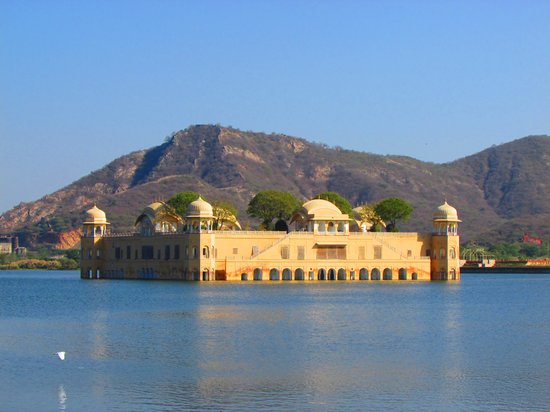
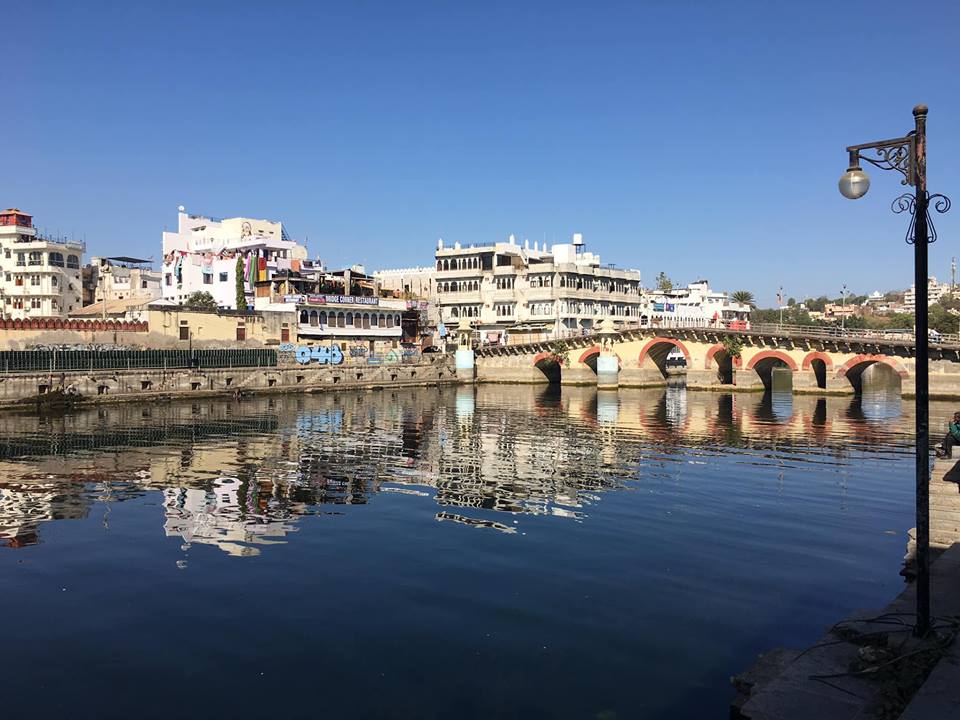
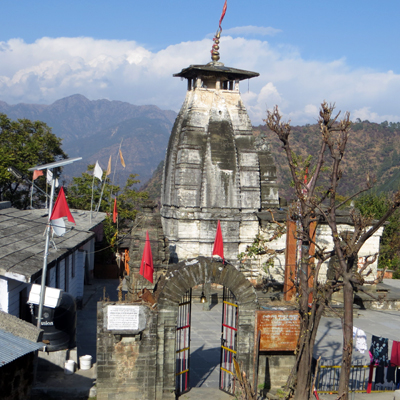

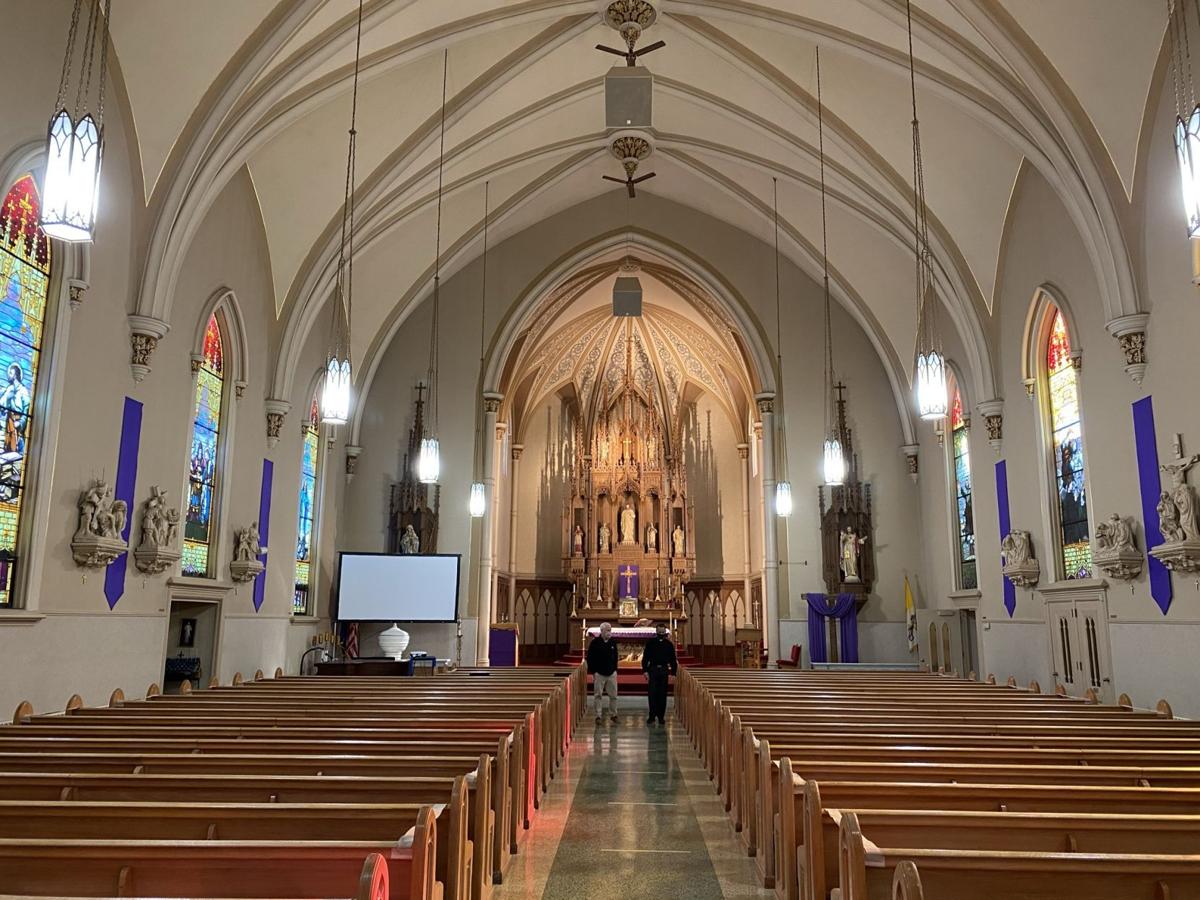

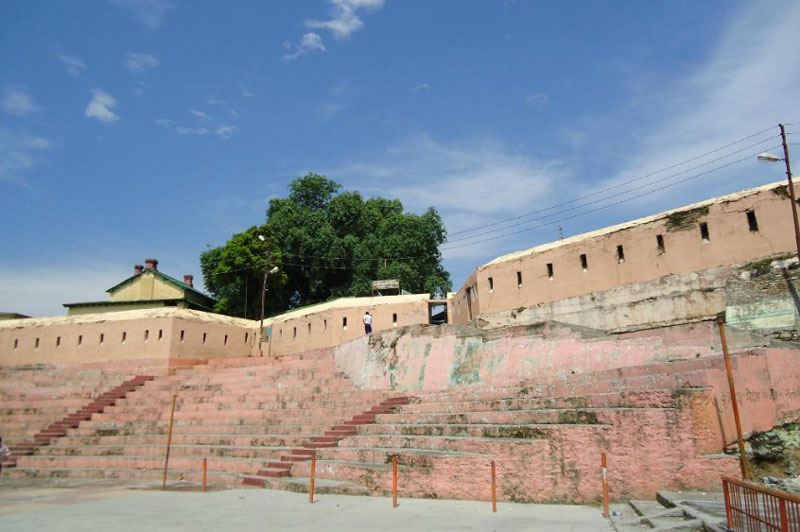



Comments are closed.